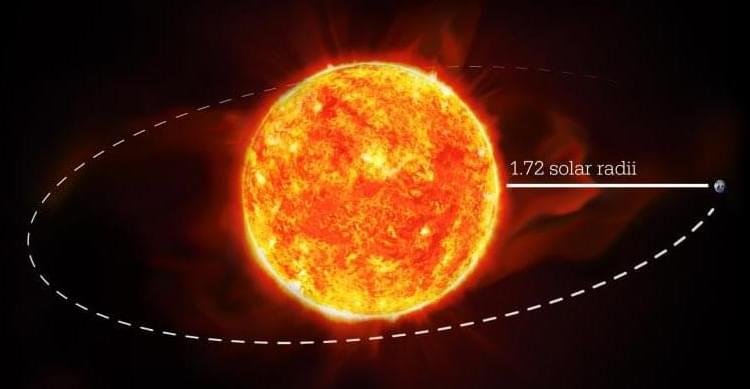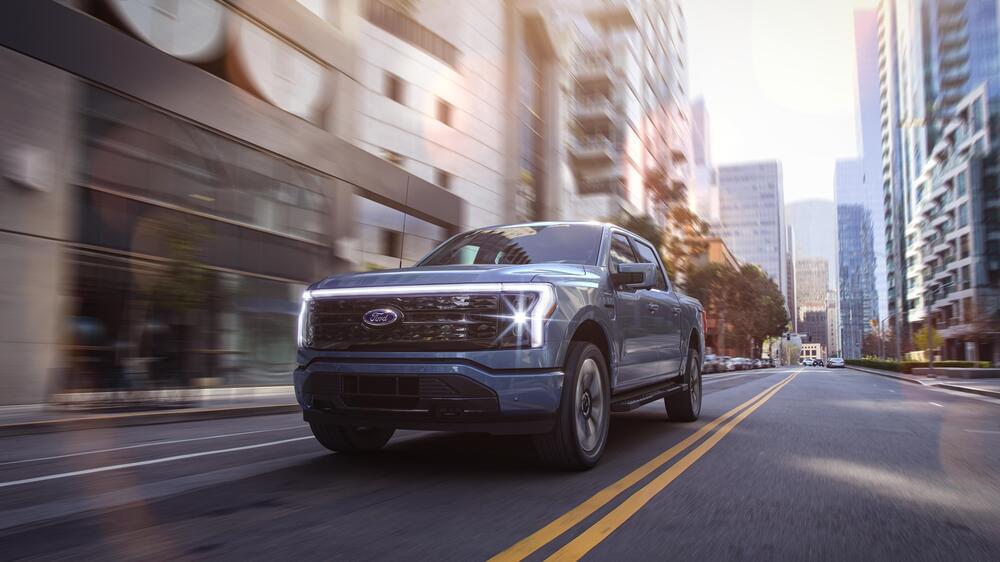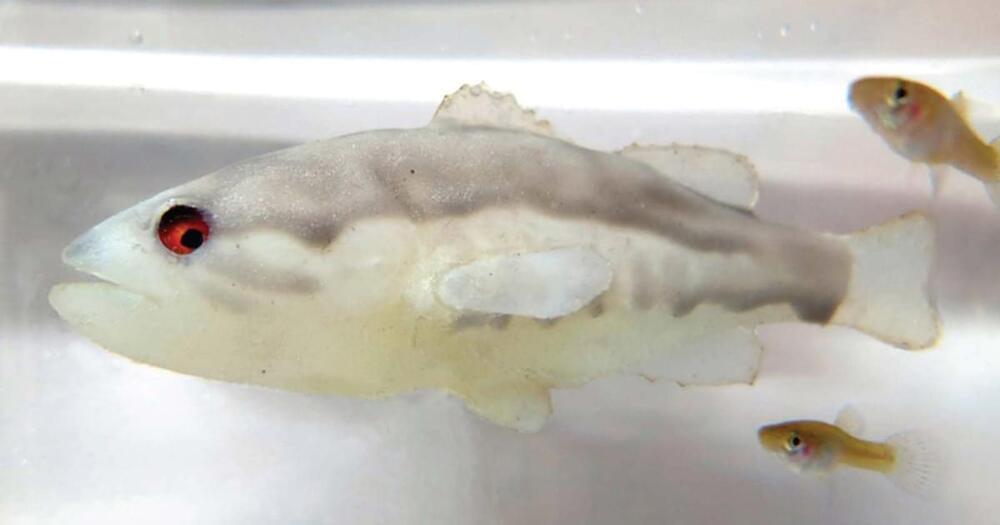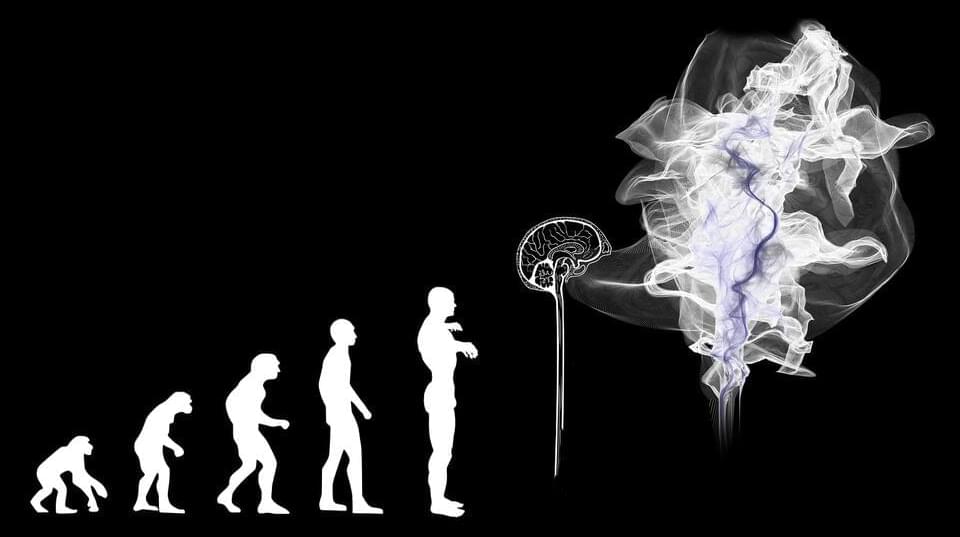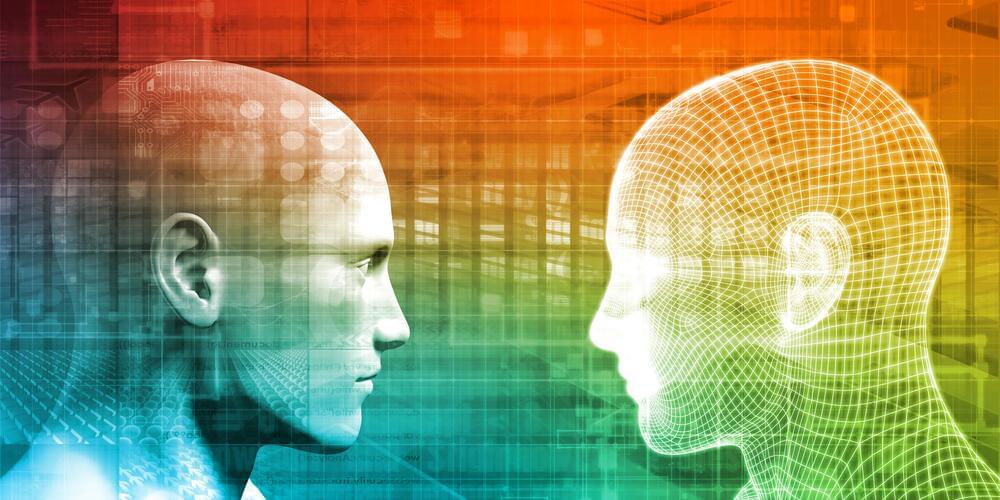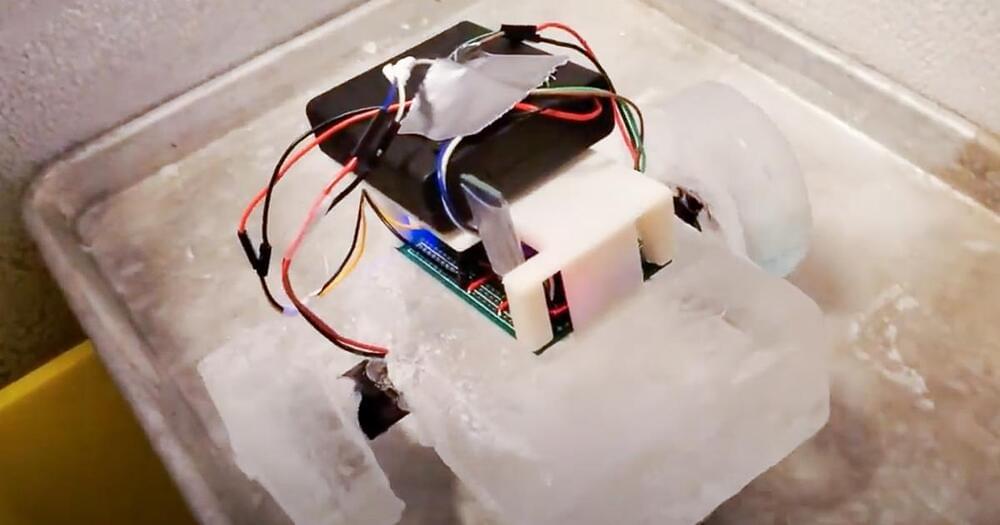Mars-sized object orbiting extremely closely to an M-dwarf star has been validated using the Penn State Habitable-zone Planet Finder (HPF). The planet, which was originally classified as a false positive in an automated search of data collected by the Kepler space telescope, is about half the size of Earth and is so close to its host star that it orbits in less than 10 hours. If it were orbiting a star the size of our sun it would be skimming the star’s corona—the aura of exceedingly hot plasma.
Plasma is one of the four fundamental states of matter, along with solid, liquid, and gas. It is an ionized gas consisting of positive ions and free electrons. It was first described by chemist Irving Langmuir in the 1920s.
